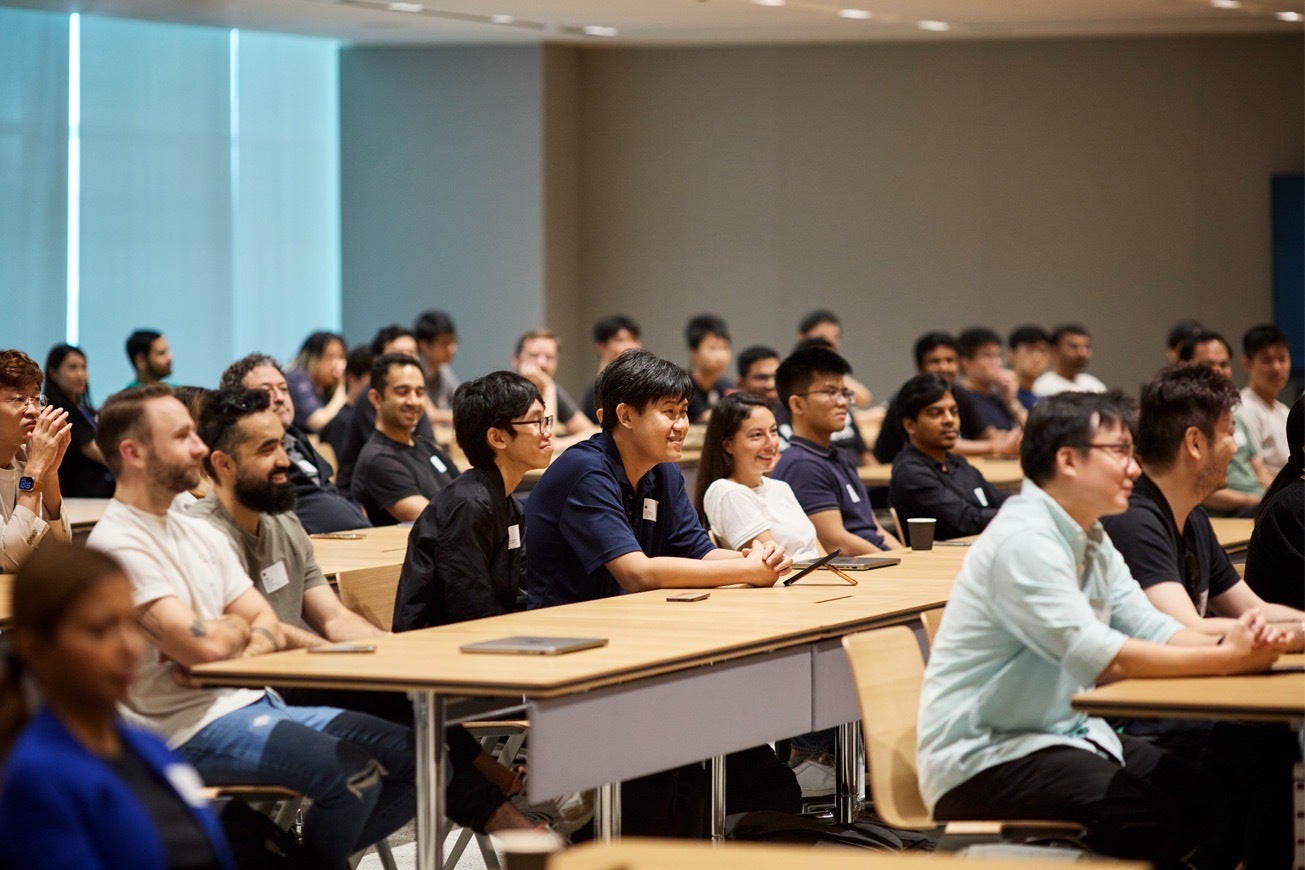While the spotlight has been on competitors making grand pronouncements about their AI prowess, Apple has been taking a different, perhaps more subtle, approach. Instead of unveiling flashy, headline-grabbing AI features directly to consumers, Apple seems to be banking on its massive developer community — according to Mark Gurman’s latest “Power On” newsletter. The upcoming Worldwide Developers Conference is expected to shed more light on this strategy, with the key announcement being the opening up of Apple’s in-house large language models to third-party developers.
For those unfamiliar, large language models are the core technology behind many of the AI apps we’re seeing today. By making its own models accessible, Apple is basically providing the building blocks for developers to create AI-powered features and entirely new apps within the App Store.
Apple’s approach suggests a belief in the creativity and ingenuity of its developer base. By empowering them with AI tools, Apple could see a rapid proliferation of AI features across a wide range of applications, tailored to specific user needs in ways Apple itself might not have envisioned.


Apple has centers that offer classes and a supporting environment for developers. | Image credit — Apple
According to Gurman, Apple might not have earth-shattering AI news of its own to announce at WWDC, but there will be some more subtle AI integrations. These include features focused on battery preservation powered by “Apple Intelligence” and new health-related capabilities.
Ultimately, Apple’s AI strategy appears to be a calculated bet on its developer ecosystem. Rather than directly competing in an AI arms race with headline features, Apple aims to foster a vibrant marketplace of AI-enhanced apps.
Whether this approach will be enough to keep pace with the rapidly evolving AI landscape remains to be seen. However, it’s a unique strategy that leverages one of Apple’s greatest strengths: its loyal and innovative developer community.






